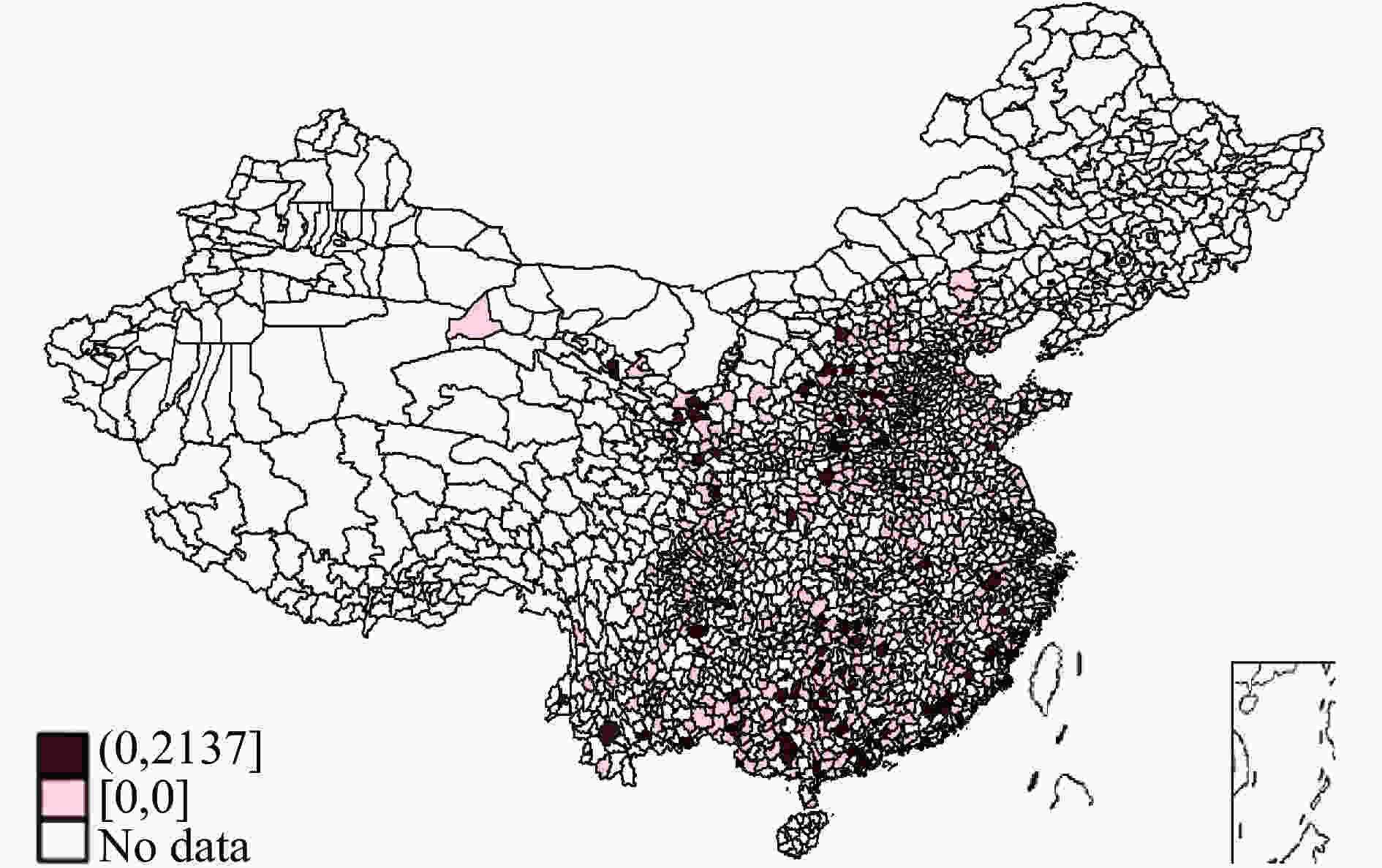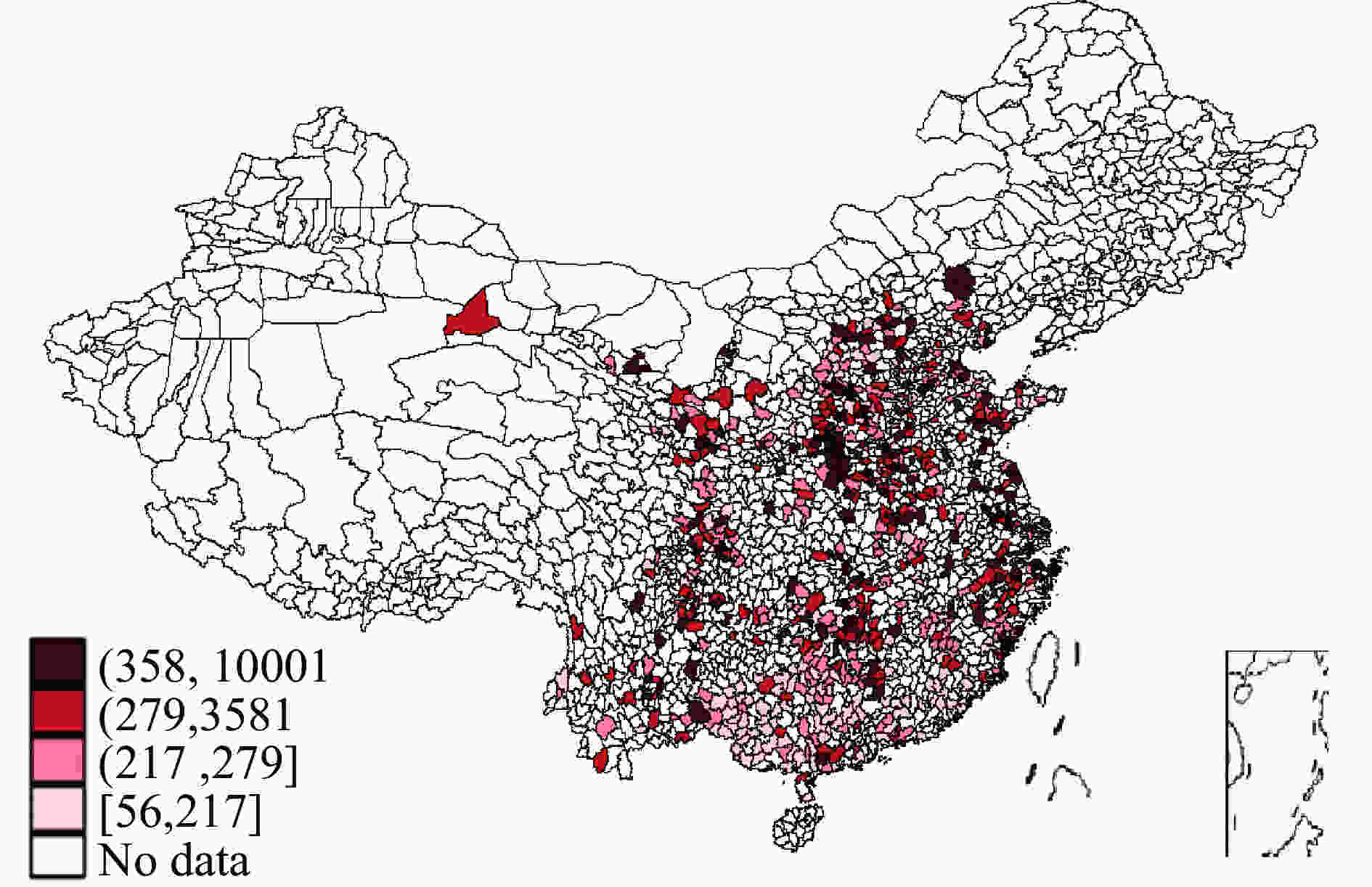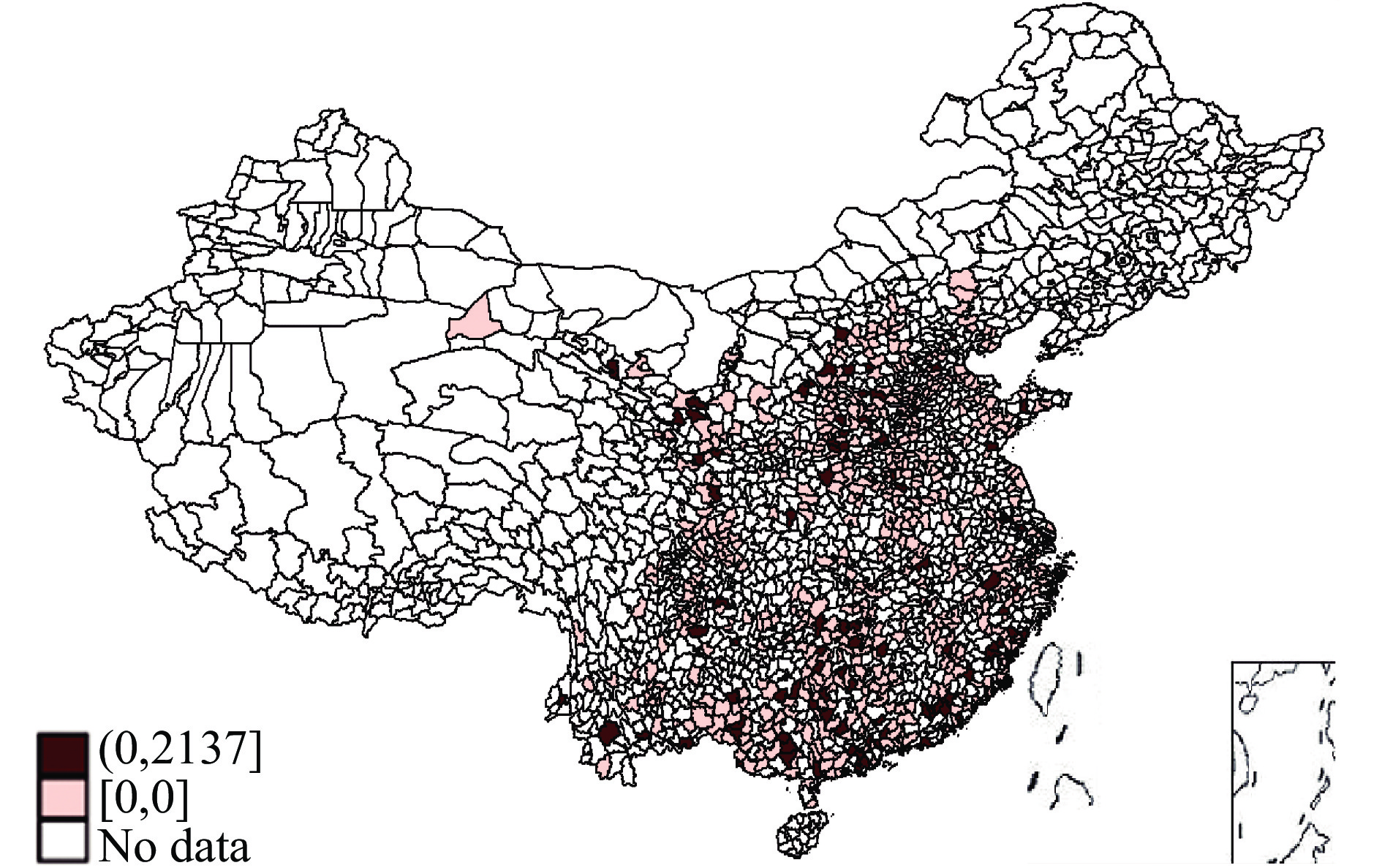乡土中国的现代化—乡村基层治理中的政府和社会
The Modernization of Rural China
-
摘要: 随着中国经济的发展及城市化水平的提高,乡村社会治理结构正在发生巨大的变化,在这一过程中应处理好政府与社会之间的关系,充分实现传统社会资本与现代资源配置机制的互补。研究发现,传统乡村治理结构在当前乡村社会仍然在发挥作用,随着市场化和城市化进程的深入,传统资源配置机制的弊端在逐渐弱化,而其有利的一面依然保持。经济发展进程本身会自动淘汰传统资源配置机制的糟粕,保留其有利的一面。因此,政府可利用传统乡村治理结构中有利的一面,与之良性互动与配合,毋须急于去取代它,但要警惕基层政府的滥权之害。Abstract: With the rapid development of China’s economy and urbanization, the rural governance is shifting dramatically from the traditional type based on clan and kinship to the market and legal system. The relationship between society and government should be well handled to guarantee the complementarity between the traditional mechanisms and market and legal system during the transition. We find that the traditional mechanisms are still playing a role in contemporary rural China. Meanwhile, the drawbacks of the traditional mechanisms are gradually weakening, while their benefits still hold during marketization and urbanization. The economic development process itself will automatically mitigate the negative side of the traditional mechanisms, while their positive effects are still working. The government needs to take advantage of the benefits of the traditional social capital, interact and cooperate well with it. It’s not necessary to rush to replace the traditional social capital, but to be alert to the abuse of government power.
-
Key words:
- rural governance /
- the government /
- the society /
- social capital /
- public goods
-
表 1 2000−2010年性别比变化幅度(%)
不存在宗族械斗的县 存在宗族械斗的县 县个数 激烈乡村拆迁的县 −0.333 −1.182 317 温和乡村拆迁的县 −2.024 −2.068 742 县个数 841 218 注:“激烈”乡村拆迁的县指耕地征收比例高于样本均值(0.5%)的县,“温和”乡村拆迁的县,则指耕地征收比例低于样本均值的县。 表 2 1982−2010年平均受教育年限变化幅度(%)
存在宗族械斗的县 不存在宗族械斗的县 县个数 激烈人口流出的县 103.7 95.9 386 温和人口流出的县 94.6 99.3 615 县个数 181 820 注:“激烈”人口流出的县指2010年人口普查0.1%样本中经计算人口流出比例高于样本均值(34.3%)的县,“温和”人口流出则指2010年人口普查0.1%样本中经计算人口流出比例低于样本均值的县。 -



 下载:
下载:





 沪公网安备 31010102003103号
沪公网安备 31010102003103号